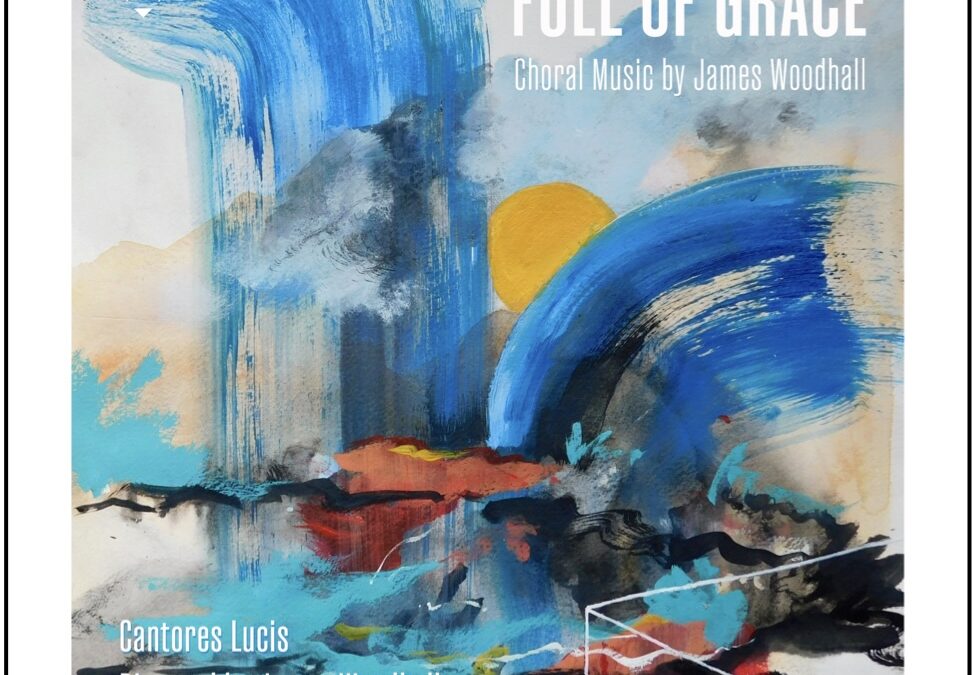Cantores Lucis
James Woodhall Director
Divine Art ddx 21127
James Woodhall, the composer of the music on this disc, studied at the University of Surrey and the University of North Texas. As well as being an accomplished writer of choral music, he has written musicals and founded the Cold Light Ensemble which fuses jazz trio with string quartet and for which he composes and directs from the piano.
These diverse activities appear to have shaped his musical style, which is engaging, having clean, well-wrought vocal lines, rhythmic variety and an ability to set words so that the effect is unforced. The main work is The Damascus Road, which is the biblical account of Saul’s conversion, his encounter with God, being struck blind, and becoming Paul. In his informative notes on the music, the composer explains in some detail his approach to writing the work.
The text from Chapter 9 of the Book of Acts is set almost unaltered, but words from Paul’s letters to the Galatians and the Colossians are also included. One small error is that he attributes the words, ‘I once was blind, but now I see’ to Isaac Watts rather than John Newton who wrote the hymn Amazing Grace from which they are taken. (‘I once was lost, but now am found, was blind, but now I see.’)
This in no way detracts from the aptness of the metaphor. As a sequence of linked choral movements, some accompanied by the piano, at other times unaccompanied, it is very satisfying and makes one wonder why no-one else seems to have had the idea of setting this passage in such a compact way, as it contains both drama and ample opportunities for musical reflection.
The other items include settings of well-known texts such as Ave Verum Corpus and Ave Maria as well as the opening piece, the title of which is used for this release. These are sung by a smaller group, designated the Chamber Choir, and the contrast with the fuller textures of the main work is both effective and welcome.
While most of the words used are well known, I would have preferred to have had the full texts printed in the booklet. Having said that, the diction is excellent and the technical aspects of the performances are beyond reproach. The group is described as ‘made up of family and friends’ but also ‘recent graduates of conservatories and more established professional singers’.
The results are very pleasing and compare well with the many choral recordings which have been released recently.
Review by Martyn Strachan

